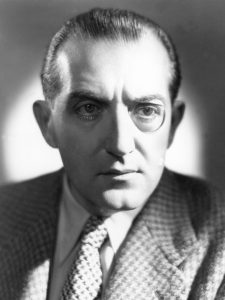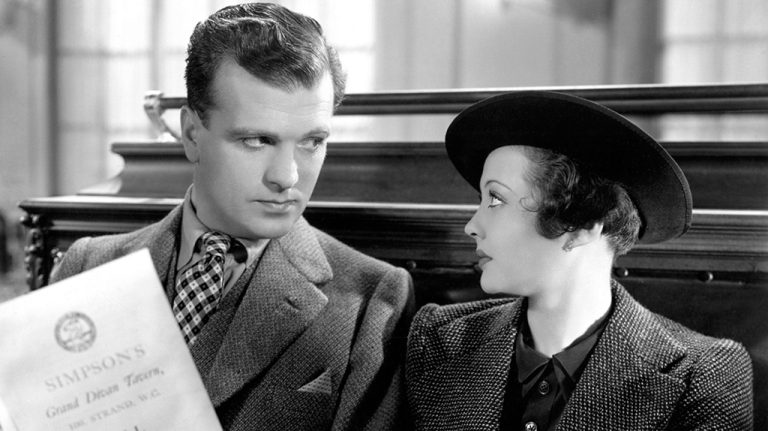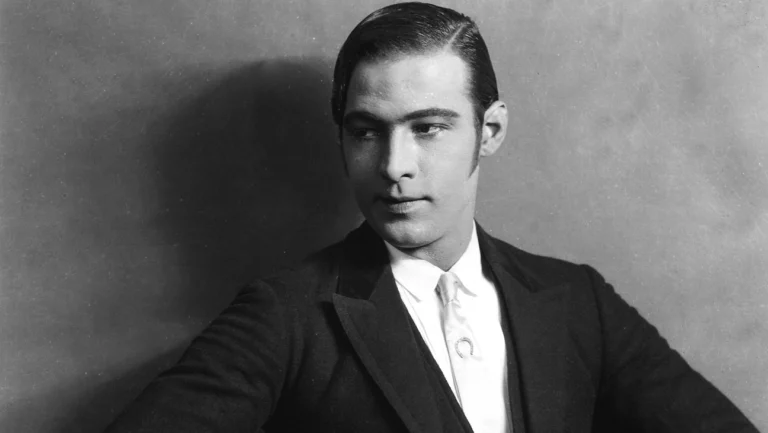Why did Fritz Lang make two movies with the same trio of actors and similar plots?

Fritz Lang’s decision to make two movies with the same trio of actors and similar plots in “Scarlet Street” and “The Woman in the Window” was influenced by the successful collaboration of the actors in the first film, the popularity of the film noir genre, studio influence, and Lang’s own artistic interests and storytelling preferences. The result was two gripping and atmospheric films that have stood the test of time and continue to be celebrated as classics in the film noir canon.
- Successful Collaboration: Lang had previously worked with Edward G. Robinson, Joan Bennett, and screenwriter Nunnally Johnson in the critically acclaimed film “The Woman in the Window.” Their collaboration proved to be successful both critically and commercially, creating a compelling onscreen chemistry that captivated audiences. Lang recognized the potential of this talented trio and sought to capitalize on their dynamic performances once again in “Scarlet Street.”
- The Film Noir Genre: During the 1940s, film noir was a popular and thriving genre in Hollywood. Both “The Woman in the Window” and “Scarlet Street” are quintessential examples of film noir, known for their dark and moody atmospheres, morally ambiguous characters, and intricate plots. Given the success and popularity of “The Woman in the Window,” it made sense for Lang to explore similar themes and styles in “Scarlet Street.”
- Studio Influence: In classic Hollywood, studios often played a significant role in determining film projects. After the success of “The Woman in the Window,” the studio likely saw the potential in reuniting the same trio of actors and director for another film, believing it would appeal to audiences and be financially successful.

- Personal Preferences: As a director, Fritz Lang had his own artistic interests and preferences. He might have been drawn to explore certain themes, character dynamics, or storytelling elements present in both films. “Scarlet Street” allowed Lang to further explore the complexities of human desire, deception, and obsession, which were recurring themes in many of his films.







